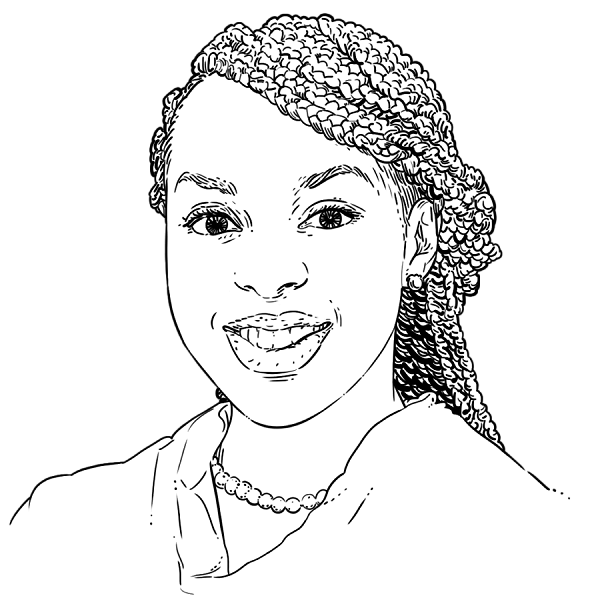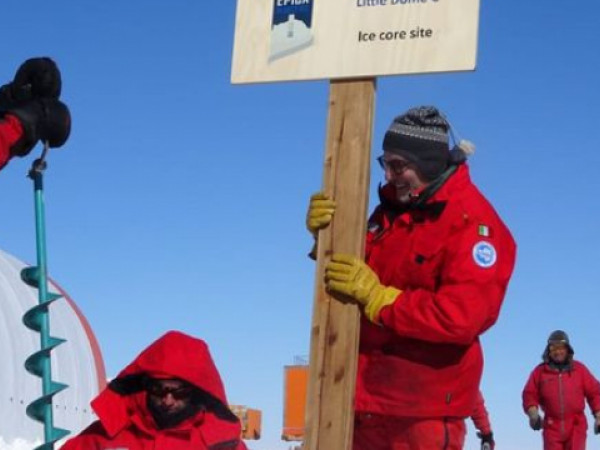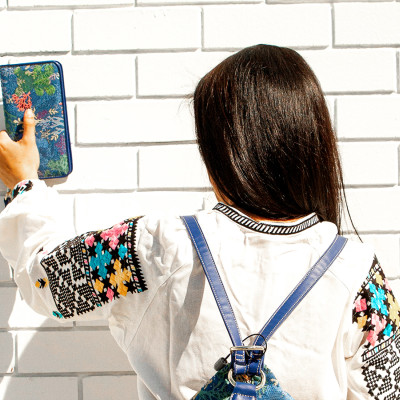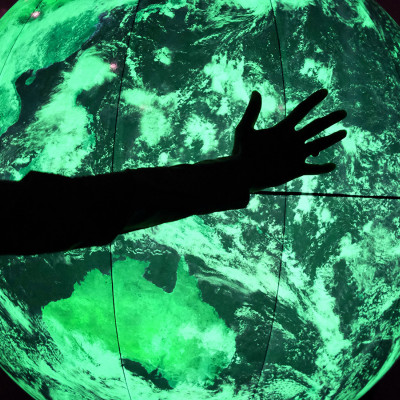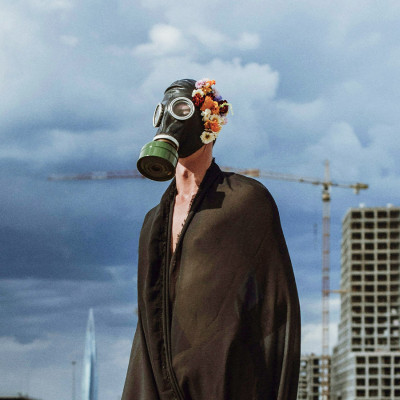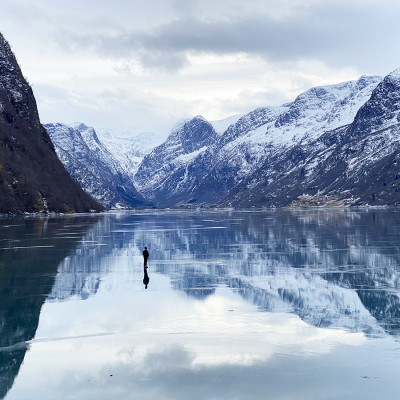The gendered impact of climate change
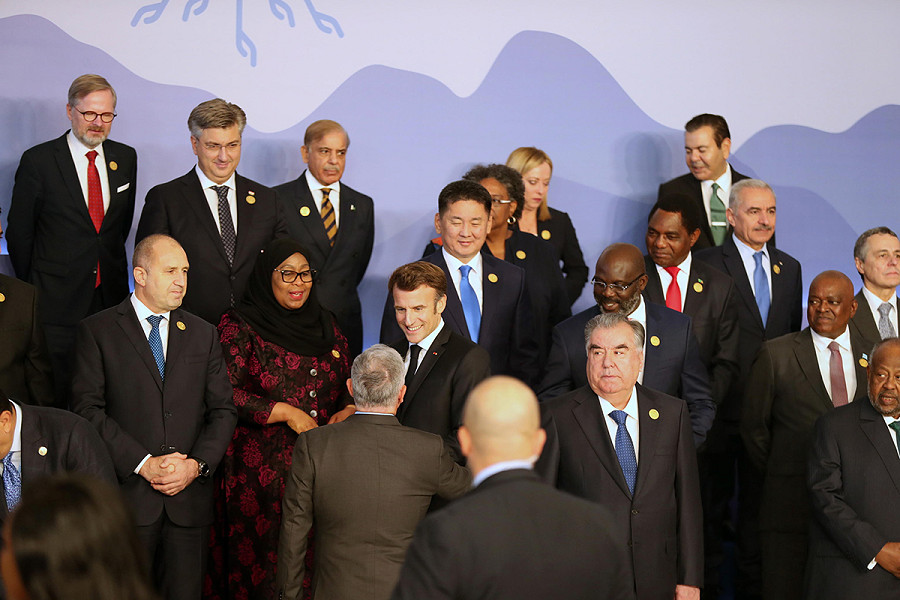
You may recall the recent “What’s wrong with this picture?” debate surrounding the Cop27 images. To refresh your memory, this debate focuses on the group picture of world leaders during the Sharm el-Sheikh Climate Implementation Summit of Cop27 in Egypt.
So, what is wrong with this picture? There are no women present.
And, why is this a problem?
To begin with, climate change is now one of the phrases that pervade our daily conversation at home and in workplaces. We cannot help but talk about how extremely hot or cold it is wherever we are. The main point at stake is that climate change affects us all as earth’s inhabitants. Women are not exempt from suffering the consequences of the same.
This is not a new discovery. In 2021, Alok Sharma, Cop26 President, delivered a speech on the deeply connected relationship between gender and climate change, which has disproportionately affected girls and women. Today, many global government officials and activists continue to express their concern for the lack of participation of women during the Cop27 discussions — and with great reason.
This article calls for the urgent recognition of this relationship in today’s bid to combat and build resilience to the effects of climate change for present and future generations.
Girls and Women Bear a Disproportionate Burden from Climate Change
Climate change affects all persons, yet men and women suffer these effects differently. In the case of the latter, climate change amplifies already existing gender inequalities, discrimination and gender norms. We may use the lens of intersectional feminism to understand this relationship better and conclude that women and girls globally suffer disproportionate effects of climate change. Some of these effects can be seen in the following aspects.
a) The lowering ability of women to grow crops
Women comprise an average of 43% of the global agricultural labor force, while 2 in 3 women work as employees in farming within developing countries. The United Nations Framework Convention on Climate Change (Unfcc) identifies that climate-induced drought leads to a lack of water that hinders the growth of crops for them to sell and for their families to eat. In some communities, women are considered “less important family members”, thus leading to them suffering from selective malnutrition where men customarily eat first.
b) The decrease of the ability of women to advocate for the adverse effects of climate change
In a country such as Afghanistan, girls are totally unable to access educational opportunities. In addition, at least 4 million girls in low and lower-middle-income countries cannot complete their education due to the impacts of climate change. Both categories of girls and women cannot speak out on climate change solutions, hence increasing their vulnerability in their households and communities. Other girls with access to education are inadvertently forced to leave school and help their mothers manage the increasing burden they face with the lack of rainfall. Nonetheless, a research by the United Kingdom Forum for International Education and Training (Ukfiet) shows that climate change actively drives harmful processes associated with girls’ education such as malnutrition, child marriage, increased poverty and forced displacement.
c) The Shifting of Traditional Gender Roles in Marginalised Communities
Women residing in Arid and Semi-Arid Lands (ASALs) are often members of marginalised communities with traditional gender roles, where men earn an income, control the household financial decisions and graze herds of cattle. The women in these communities often do the rest of the roles, including fetching water, raising children and overseeing the household. However, men in ASAL communities have had to leave their homes for months at a time in search of grazing land due to climate change-induced drought. Such is the case of Samburu women in Northern Kenya. Now, these women are facing the challenge of having to earn an income as an additional role because of their husbands’ absence.
We Need to Advocate for Our Different Needs
The Unfcc insists that “Effective projects ensure equal benefits.” This is what we truly need. The Cop27 picture of world leaders should indeed cause concern to us. Can we truly find achievable solutions to climate change adaptability and resilience when we exclude the experience of one gender over the other?
We must provide an equal opportunity for women in global discussions, lest we risk creating a vast and complex web of problems while trying to solve one.


